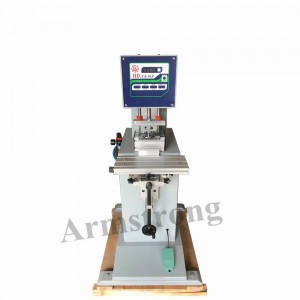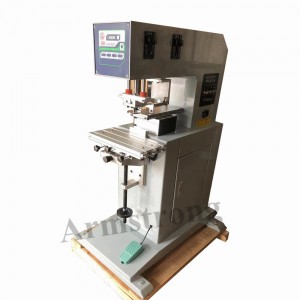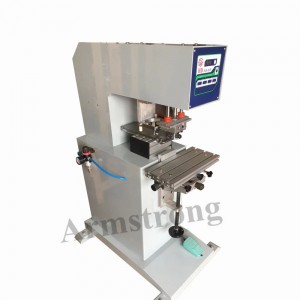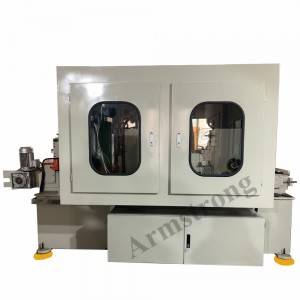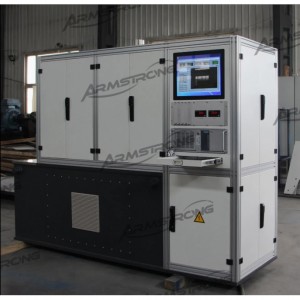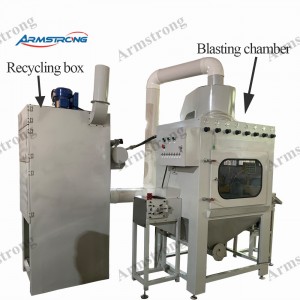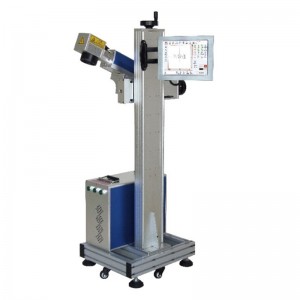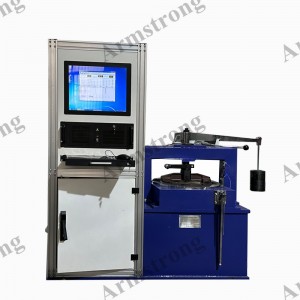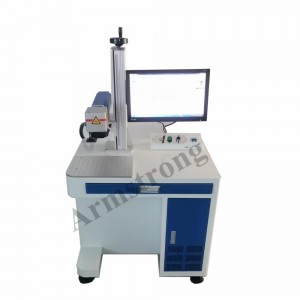Pad printing machine
1. Application:
The pad printing machine is a kind of printing equipment, which is suitable for plastic, toys, glass, metal, ceramic, electronics, IC seals, etc. Pad printing is an indirect concave rubber head printing technology, which has become a main method of surface printing and decoration of various objects.
For customers with limited budgets, this equipment is a very economical and reliable choice for logo printing on brake pad surface.
2. Working Principle:
Install the steel plate which etching the printed pattern on the steel plate seat of the machine, and make the ink in the oil cup scrape evenly on the pattern of the steel plate through the front and rear operation of the machine, and then transfer the pattern on the printed workpiece by the up and down moving rubber head.
1. Method of applying ink on etched plate
There are many ways to apply ink on steel plate. First, spray the ink on the plate, and then scrape off the excess ink with a retractable scraper. At this time, the solvent in the ink left in the etched area volatilizes and forms a colloidal surface, and then the glue head drops onto the etching plate to absorb the ink.
2. Ink absorption and printing products
The glue head rises after absorbing most of the ink on the etching plate. At this time, part of this layer of ink volatilizes, and the remaining part of the wet ink surface is more conducive to the close combination of the printed object and the glue head. The shape of the rubber head should be able to produce a rolling action to exhaust the excess air on the surface of the etched plate and the ink.
3. Matching of ink and glue head in the generation process
Ideally, all the inks on the etching plate are transferred to the printed object. During the generation process (inks close to 10 microns or 0.01 mm thick are transferred to the substrate), the adhesive head printing is easily affected by air, temperature, static electricity, etc. If the volatilization rate and dissolution rate are just in balance in the whole process from the etching plate to the transfer head to the substrate, then the printing is successful. If it evaporates too fast, the ink will dry up before it is absorbed. If the evaporation is too slow, the ink surface has not yet formed a gel, which is not easy to make the glue head and the substrate adhere.
3. Our advantages:
1. The printing logos are easy to change. Design the logos on steel plates, and install different steel plates on the frame, you can print any the different content according to practical use.
2. It has four print speed to choose. The rubber head moving distance and height are all adjustable.
3. We design the print mode in manual and automatic type. The customer can print samples by manual mode, and mass printing by automatic mode.


